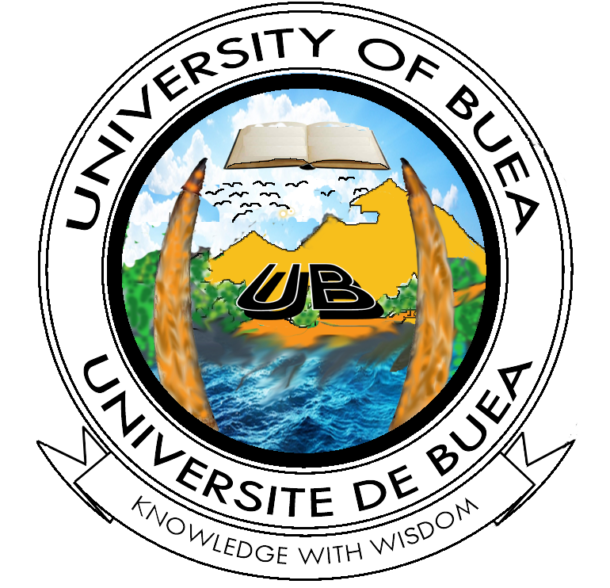| CLT402: Immunology and Blood Banking | credits (30-10-20) |
Objectives
This course is designed to provide basic information on the immune system, how the blood transfusion service is organized, legal issues in blood transfusion practice and blood transfusion practice.
Contents
A. Immunology
• Adaptive and Innate immunity; major elements of adaptive and innate immunity, the innate immune system (exterior defenses, Phagocytes and NK cells, complement and interferon, inflammation, chemotaxis, phagocytosis, antigens and antibodies), Adaptive immunity and clonal selection (integrated defense mechanisms and vaccination)
• Cells involved in Immune Response; Lymphoid cells, markers, T cells, B cells, 3rd population response, lymphocyte activation, activation of antigens, mononuclear phagocytic system, recticuloendothelial system, antigen presenting cells, polymorphornuclear granulocytes and granulocytes
• The Lymphoid System; primary and secondary lymphoid tissues, primary lymphoid organs (thymus, bursa of fabricus and its mammalian equivalents) secondary lymphoid organ (the spleen, lymph nodes and lymphatic system, mucosa associated lymphoid systems)
• Molecules that recognize antigens, the immunoglobulins (the different classes of immunoglobulins and their functions, basics immunoglobulin structure, general properties of immunoglobulins, genetic bases of antibody heterogeneity; isotypic, idiotypic, and allotypic variations, IgG structure in relation to structure and function)
• Recognition of antigen; antigen-antibody binding, antibody affinity, affinity and avidity, antibody specificity, determination of affinity and avidity and physiological significance of high and low affinity antibodies, T cell antigen recognition, functions of CD4 and CD8 cells
• Cell cooperation in immune response; primary and secondary antibody response, haptens and carriers, T-dependent and T-independent antigens, development of antibody response, antigen presentation and processing, Interleukin I and II and its role in lymphocyte activation, actions of interferon
• Activation of t cells, activation of B cells, B cell-T cell interactions, antigen-recognition interactions, Cell mediated immune response (T cell functions, major characteristics of different antigen presenting cells, cell mediated cytotoxicity; MHC restricted cytotoxic T cell, determinants recognized by NK cells, relationship of NK cells and cytotoxic t cells to K cells
• The mechanism of cell mediated cytotoxicity, activation of macrophage, biological role of lymphokines and cytokines, chronic cell mediated responses
• Regulation of immune response; the regulatory effect of antibody, the regulatory effect of immune complexes, idiotypic regulation, regulation by cellular mechanism, regulation of mode of response by antigen presentation
• Major histocompartibility complex; inheritance of MHC genes, arrangement of MHC genes, cellular distribution of MHC genes, structure of MHC antigens, Tissue typing, function of MHC antigens, the immunoglobulin super family, function of allotypic variation
• Complements; complement nomenclature, activities of complement proteins, activation of complement pathways (classical and alternative), biological effects of complements
B. Blood Banking
• The evolution of blood transfusion, definitions and functions of blood bank, sources of blood, functions of a hospital transfusion service
• Regulation of blood banks and transfusion services, legal issues in blood banking (malpractice, consent for transfusion, refusal of transfusion)
• Guidelines for the use of blood, autologous blood transfusion, quality assurance in blood transfusion service-SOPS
• Blood collection; donor recruitment, donor selection-history(donor and recipient safety), donor selection(physical examination)
• Blood collection technique and blood collection pack, processing of donor blood, donor reactions
• Special collection issues; blood safety, staff safety, directed donations, preoperative autologous donations
• Blood component preparation and storage; general principles for red blood cells (cell aging, measurement of RBC preservation, red cell function, preservative solution, rejuvenation and Ph)
• Potassium, micro aggregates, frozen red blood cells, leukocyte reduced red blood cells, washed red cells, platelets
• Fresh frozen plasma, liquid plasma, cryoprecipitate AHF
• Pre-transfusion testing; Recipient testing (pre-transfusion blood samples; patient identity, labeling, confirmation of patient identity, type of sample, age of sample, storage, blood typing-ABO)
• Rhesus blood typing, Errors-technical factors, IgM auto antibodies, RBC coated with IgG, missing anti A and anti B, polyagglutinable RBCs, abnormal serum proteins in the test ample that promote rouleaux, the B (A) phenotype.
• Selection of blood for transfusion; selection based on ABO and rhesus grouping, presence of unexpected alloantibodies, presence of autoantibodies
• Predicting survival of incompatible blood, serological behaviour -IgG and IgM antibodies, RBC survival studies, blood donor records, cards and transfusion request forms


